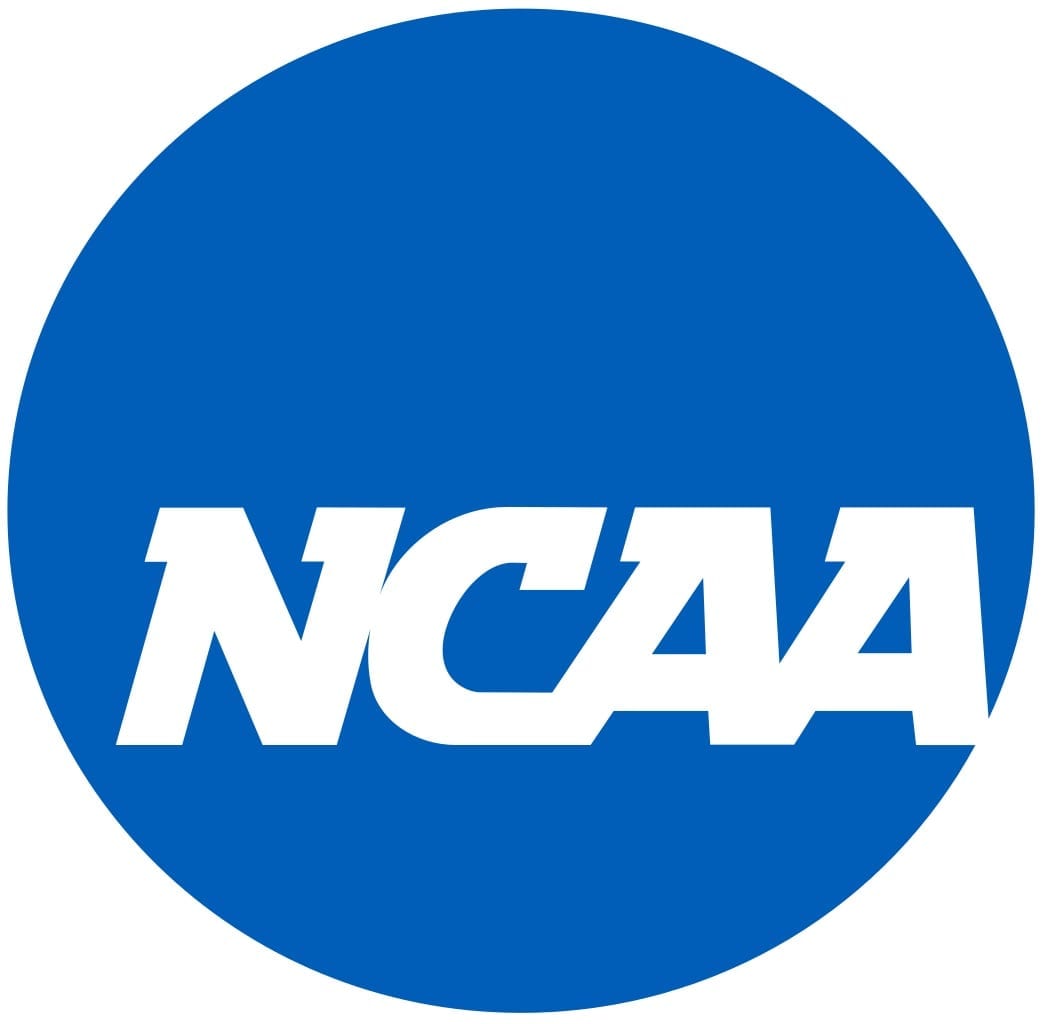Every once in a while, a wise old coach would listen to coaches and players discuss lofty team and personal goals and then say: “It’s one thing to itch for something. It’s another thing to scratch for it.” Wise words…
Recently the Lead-1 Association surveyed more than 100 athletic directors about the future of college sports. They presented two different potential college sports models for the future.
- “Professional/Commercial Model”: Student-athletes are treated as employees with:
a. Full name, image and likeness (NIL) rights
b. Rights to collective bargaining
c. Workers’ compensation, and employment rights
d. Strong Title IX compliance
e. Possible revenue sharing with basketball and football student-athletes
2. “Higher Education Model”: Granting the NCAA conditional antitrust protection by Congress they (and the conferences) could negotiate and implement policies to:
a. Significantly lower coaching compensation and buyouts
b. Slow the facilities arms race
c. Allow greater investment in Olympic and non-revenue sports
d. Offer expanded health, safety and scholarship protections
e. Grant full NIL rights
f. Have strong Title IX compliance
g. Prevent collective bargaining or other employment rights
In a world where anything garnering 60% of support is seen as a major accomplishment the “Higher Education” model received the support of 96% of the athletic directors surveyed.
Athletic directors are concerned about creeping professionalism and exploding expenses in college sports. The survey shows overwhelming support for a future where coaching compensation is lower, where hundreds of millions of dollars are no longer wasted on buyouts and where the facilities arms race is under control.
The problems facing college sports are universally acknowledged and understood. Almost everyone agrees that a higher education model is the best way forward, but…
They face coaches and agents demanding staggering contract buyouts. They pay retention bonuses of $500,000 to coaches for simply honoring the contract that they willingly signed in the first place. Super agents have amassed a stable of high-profile coaches under contract and use that control as leverage pitting schools against each other.
These agents know the athletic directors live in a world where it is every person and every school for themselves. And they apply pressure accordingly.
Many ADs have become risk-adverse to losing coaches who demand more money for themselves, for over-the-top facilities and use open jobs at other schools as leverage to make more demands at their current school. It is human nature to avoid change, so they pay up to stick with the coach they know.
But they also know that there are storm clouds on the horizon.
This generation of leadership in college athletics understands the threats ahead, and has a clear idea of what would be the best path forward. But they’ve consistently taken actions leading the other way.
University presidents and the NCAA have not acted to control the situation. Presidents at the biggest schools are hesitant to agree to any legislative restraint to their financial advantages. And these presidents often face overzealous athletics boosters.
Some of the biggest and most vocal sports boosters are embedded with trustees who love being associated with a high-profile athletic department. Despite athletics representing a small portion of their schools’ overall budgets, those donors are often the most demanding and most vocal.
And donors and trustees don’t know or won’t face the realities of inherent imbalances in college athletics. All the borrowing, and all the money in the world can’t paper over the differences.
In some ways the conference television deals and uneven revenues from one school to the next mirror Major League Baseball. You have the Yankees, Red Sox and Dodgers as examples of teams with massive local television rights deals and stadium revenues that give them a leg up on payroll and resources. Schools like Alabama., Texas and Ohio State are those types of top-tier revenue teams. Other schools don’t quite have the reach and budgets of that top tier.
So with an uneven playing field, there are two ways to try to keep pace. Some schools will borrow, spending beyond their means to try to match the top tier schools’ example. But spending alone as a path to the top has proven elusive.
When it comes right down to it, money has never triumphed over attention to detail, innovation or drive and determination. The way to overcome the differences comes down to the people running a department. Intelligent, visionary coaches and athletic directors are far more important than a bigger budget.
There comes a time when everyone can see the writing on the wall. Some will act on it, use ingenuity to operate within their means and build a successful and sustainable path forward. Others will see that same writing, yet follow the crowd. That inertia of the moment may lead to a conclusion that rips the entire college sports model from its foundation.
The Lead-1 survey makes it clear that everyone is itching for the right long-term solution. The ones who survive and thrive will be the ones who scratch for it.



